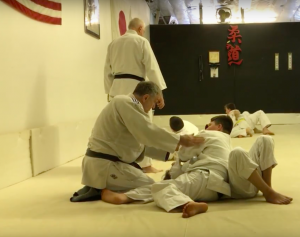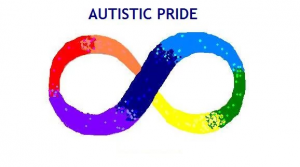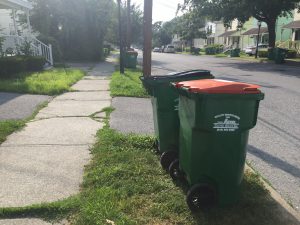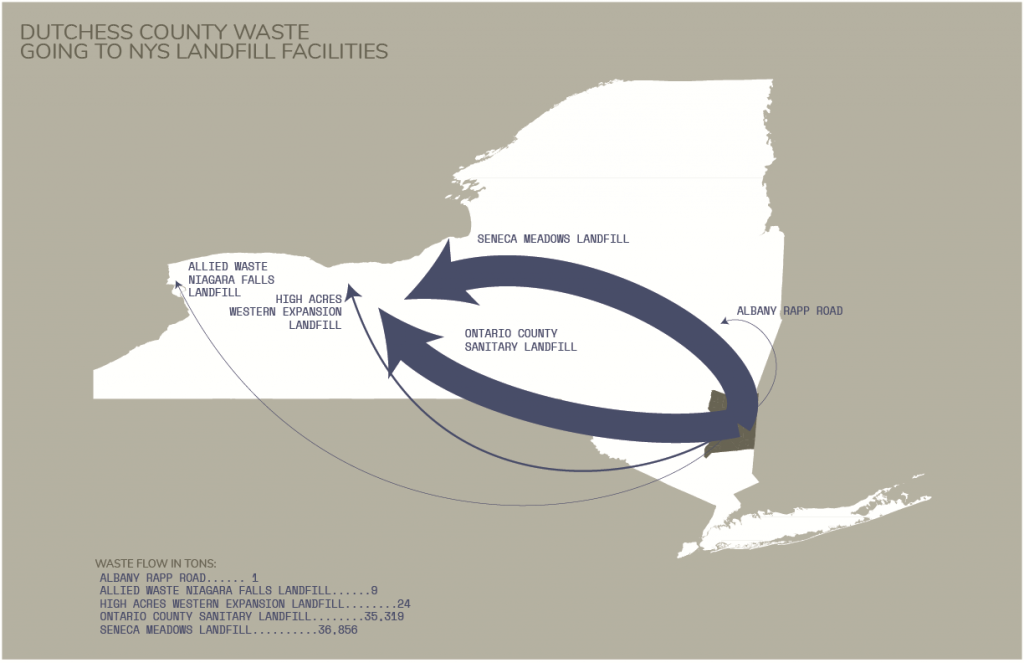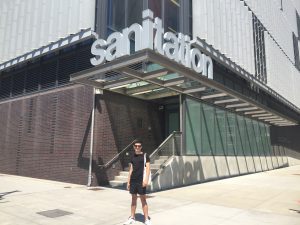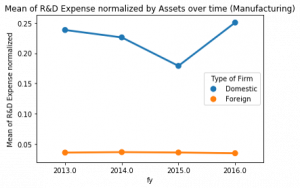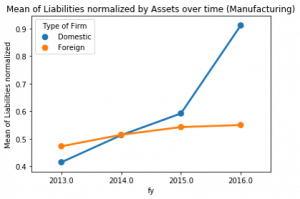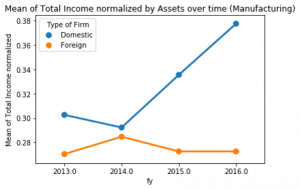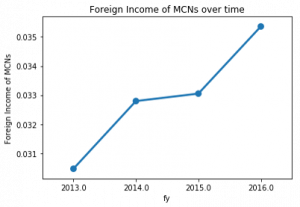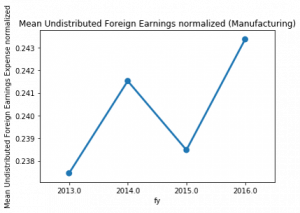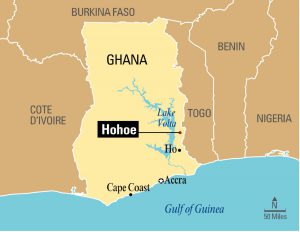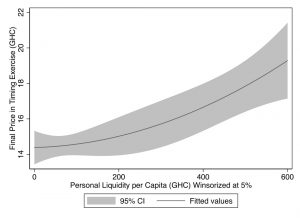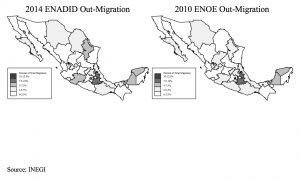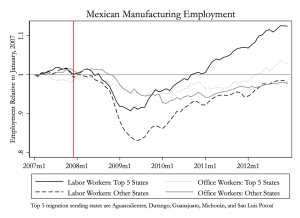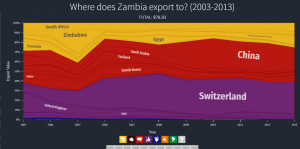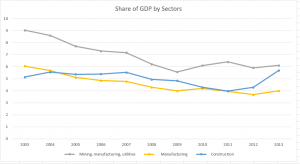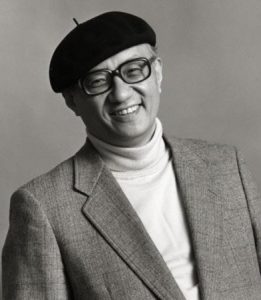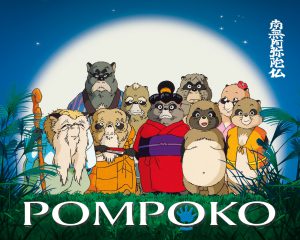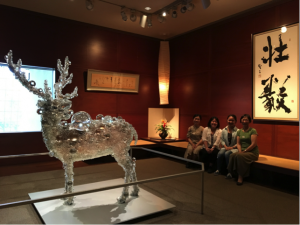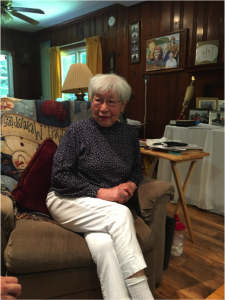
Anita Hemmings (1897)
Over the past nine weeks, we have been revisiting a chapter of Vassar’s nineteenth century history. We wanted to learn about the institution’s past to better understand its present and its future in hopes of rethinking how elite institutions can recreate themselves as multicultural, cosmopolitan, and inclusive. We began this journey by researching Vassar’s first known African American student: Anita Florence Hemmings.
Matriculating into Vassar in 1893, Hemmings passed as a white woman, in hopes that hiding her racial identity would give her access to one of the most elite academic institutions in the world. Achieving a Vassar education among well-born, elite white women was a coup d’état for an African American woman born to parents of modest means.

Clip from the Sacramento Daily Record Union (1897)
However, living as a white woman meant Hemmings had to forsake her African American heritage, an abandonment that would affect the lives of her family for generations. Unfortunately, she was “outed” by her roommate Louise Taylor a few days before their graduation in 1897. Vassar allowed Hemmings to graduate after a series of private meetings between the President, the Board of Trustees, and faculty.
Though Vassar has long since opened its doors to an increasingly diverse group of students over the years, including a shift to coeducation in 1969, there are aspects of Vassar’s turbulent history with inclusion and integration that still permeate the lives of students 121 years after Anita’s graduation.
Students from under-represented communities (i.e., first-generation, low-income, international, transfer and people of color) are helping to recreate Vassar in the twenty-first century. We all have a role to play in eradicating feelings of discomfort felt by some and helping to create a sense of belonging for all. We can begin this journey by looking back at our institutional history.
For more information, visit the Passing Beyond Passing site!

